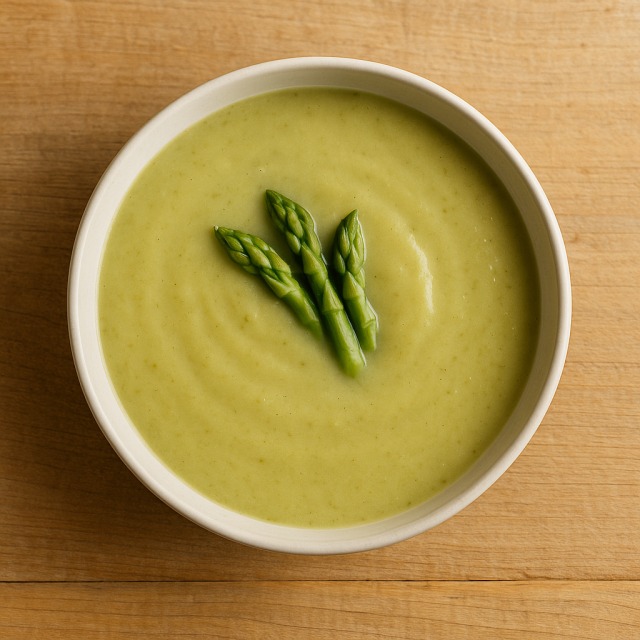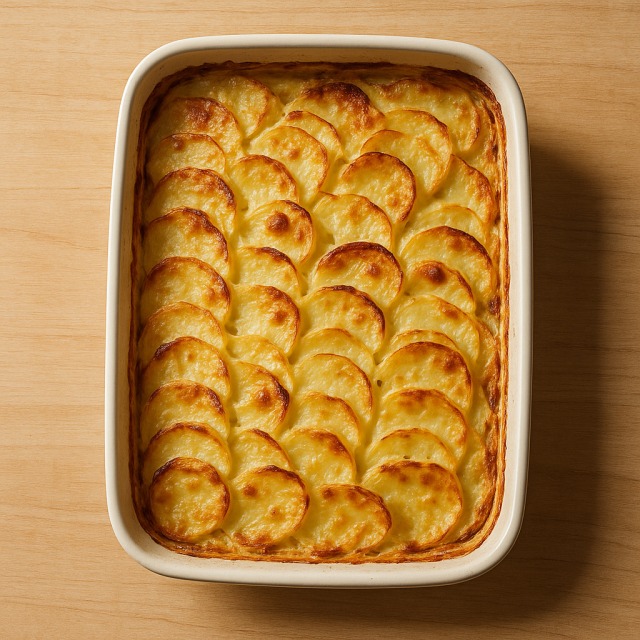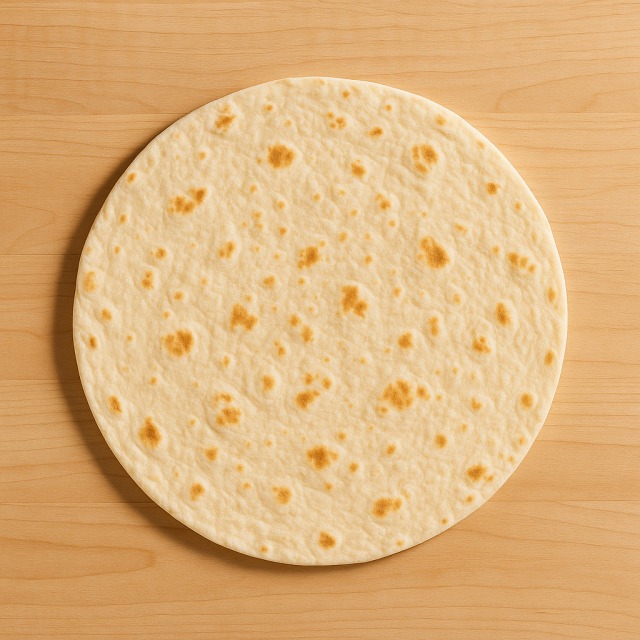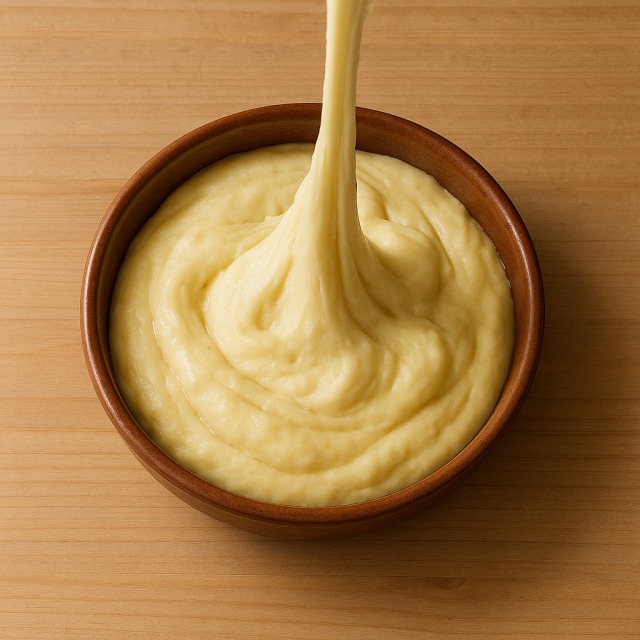Calorie Chart / Recipes / Eggplant gratin
How Many Calories Are in Eggplant gratin?
Calculation of the nutritional value & Recommended Dietary Intake of eggplant gratin
For g and a calorie requirement of kcal
| Calories 328 kcal | Proteins 8 g | Lipids 24 g | Carbohydrates 20 g |
| 16% | 11% | 36% | 7% |
Health benefits of eggplant gratin

Eggplant gratin - 100g
Calories 164 kcal
Proteins 4 g
Lipids 12 g
Carbohydrates 10 g
Eggplant gratin is a moderate-calorie preparation (164 kcal/100 g), which makes it an attractive option for people who monitor their calories but still want a comforting dish. Talking about calories is important because the cheese and olive oil base raises calories compared with plain eggplant, yet it remains far lighter than many cream-based gratins.
The dish supplies dietary fibre from the eggplant itself, helping satiety without excessive calories. Eggplant's purple skin contains nasunin, an antioxidant that may help protect cell membranes (a supposed benefit still under study). Vitamins B1 and B6, as well as vitamin K, are present in small amounts, while minerals such as manganese and potassium contribute to normal energy metabolism—useful information for anyone balancing calories and nutrients.
The cheese layer enriches the gratin with calcium and vitamin D, supporting bone health, and adds extra proteins that can help preserve lean body mass when lowering calories. Olive oil provides heart-friendly monounsaturated fats, moderating the ratio of calories from lipids.
Historically, gratin techniques appeared in French cuisine in the 17th century; the eggplant version became popular in the Mediterranean, where vegetables are baked to enhance flavour without exploding calories. All in all, eggplant gratin offers flavour, micronutrients, and reasonable calories in one plate.
Tips for incorporating eggplant gratin into a balanced diet
If you want to keep calories under control, serve a half-portion of eggplant gratin alongside a lean protein such as grilled chicken breast or baked salmon. This combination raises protein without adding many extra calories from fat.
For a vegetarian plate rich in fibre and still moderate in calories, pair the gratin with steamed green beans and a spoonful of rice. The complex carbohydrates of rice help with long-lasting energy, while the vegetables keep total calories reasonable.
Lighten the recipe itself by replacing part of the cheese with silken tofu purée; you will cut calories and saturated fat while maintaining creaminess. Another trick is to grill the eggplant slices beforehand instead of frying them, which further reduces calories.
Fans of Mediterranean flavours can create a complete menu: start with a chilled gaspacho, follow with eggplant gratin, and finish with fresh fruit like a sliced peach. Each course stays low in calories, helping you distribute calories evenly through the meal.
Frequently Asked Questions
- How many calories are in eggplant gratin?
- Eggplant gratin provides 164 kcal per 100 g.
- Is eggplant gratin high in calories compared with other gratins?
- No, its calories are moderate; for example, gratin dauphinois or tartiflette usually exceed 200 kcal/100 g.
- Can I reduce the calories of my eggplant gratin?
- Yes, use light cheese, brush instead of drizzle olive oil, and include more vegetable layers to dilute calories.
- Does eggplant gratin offer proteins despite its calories?
- It supplies about 4 g of protein per 100 g; pairing with a serving of lentils or turkey cutlet increases protein without too many extra calories.
- Is eggplant gratin suitable for a low-calorie diet?
- In controlled portions, it fits most low-calorie plans because its calories are moderate and it brings fibre that promotes satiety.
- What is the main source of calories in eggplant gratin?
- The cheese and olive oil contribute most of the calories, whereas the eggplant itself is low in calories.
Similar foods
Information provided by Calorie Menu may contain inaccuracies or errors. It cannot, under any circumstances, substitute medical advice or medication.










